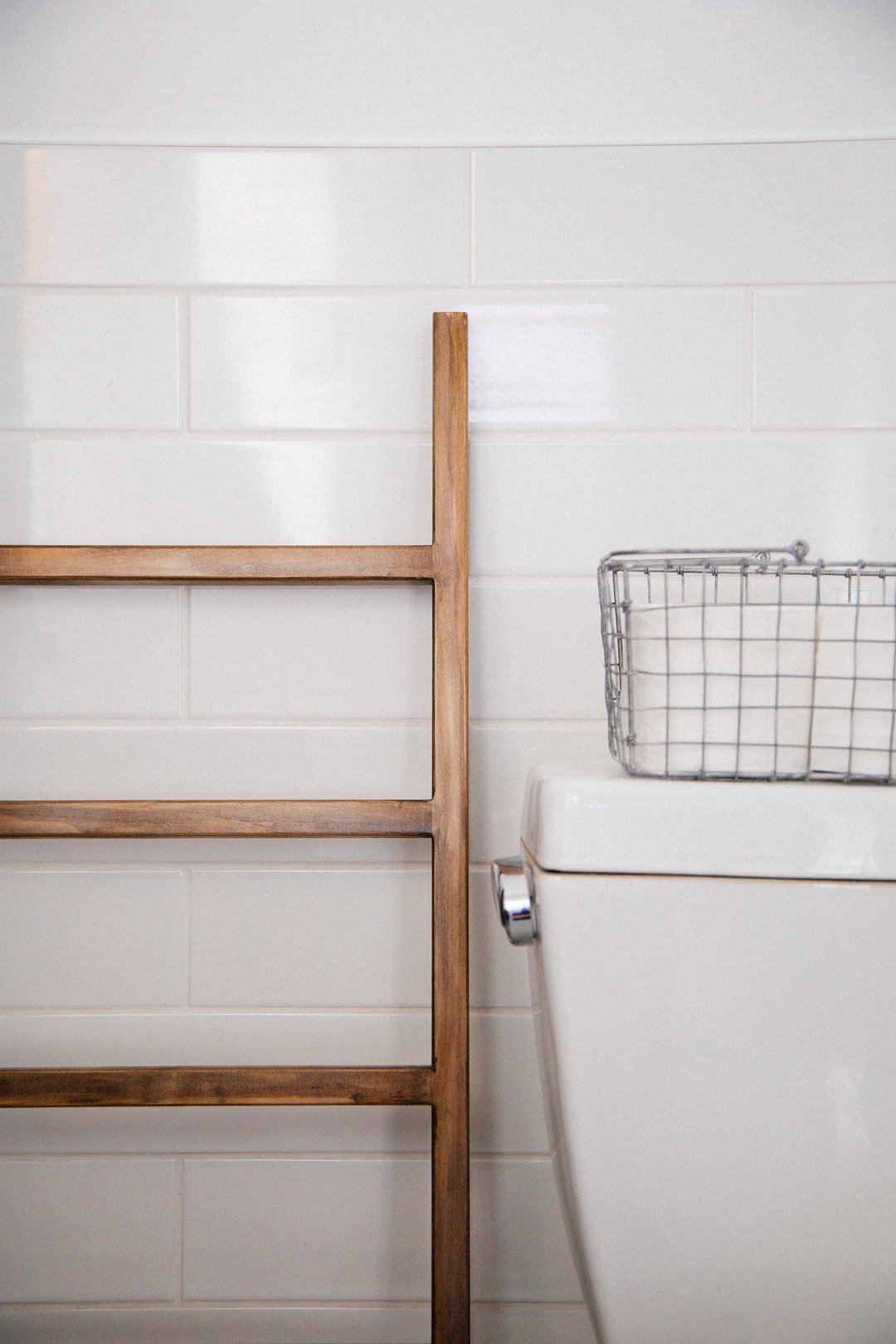Redesigning your bathroom may seem like a simple and straightforward task.
However, there are a few technical factors to consider that go beyond finding shower curtains to match with the floors. And that thing is…toilets.
It may sound a bit silly but choosing the right toilet for your bathroom is an important part of refurbishing. The right choice could also save you money on bills and help out the environment in the long run.
Check out these 5 modern water saving toilet designs to include in your next bathroom revamp.
1. Dual Flush Toilets
Dual flush systems are a popular style of water saving toilet.
The variation consists of the toilet using two buttons or handles simultaneously that flush different amounts of water. The original idea of the user being able to select water volumes based on waste type (half flush for liquid and whole flush for solid) is what creates such an eco-friendly effect.
The majority of dual flush toilets today use less than a gallon of water for liquid waste and approximately 1.6 gallons for solid waste. This is significantly lower than older toilet models, which can use volumes as high as 7 gallons.
2. Pressure Assisted Toilets
Pressure-assisted toilets seem like a complex design but they’re actually quite interesting and helpful in terms of effectiveness. The water saving toilet basically works by creating air pressure in the tank chamber whenever water is pumped into the toilet after a flush.
These toilets are powerful but can be a bit loud and are not as popular in residential settings.
3. Composting Toilets
This water saving toilet actually saves water by not using any at all! The dry composting toilet model turns human excretions into fertilizer.
Some people have apprehension about the pathogen and other bio-hazardous concerns regarding this toilet style. However, there are plenty of ways to maintain a clean, safe composting toilet.
4. Sink/Toilet Combo
It may sound like a weird combination but it works! The sink connected to toilet design functions by using fresh water for washing your hands. Then, that water is stored in the tank to flush your waste.
The system is effective because it avoids needing to use new fresh water in the pump. It is also a great addition for small bathrooms.
5. Cistern Displacement Device Installation
So this isn’t actually a water saving toilet bowl. But it is something that you can install in the toilet you already have to help with the current amount of your water usage.
This simple add-on to your toilet helps to reduce the amount of water that is used in each flush. It can also be used with older models to save more water. If you prefer not to make this a bathroom DIY project, you can hire and plumbing and heating professional to assist with installation.
Need More Information On a Water Saving Toilet and Other Home Improvement Tips?
Taking the time to pick out a low-flow, water saving toilet might seem like a small choice right now. But this definitely plays a much larger role economically and financially.
Going through bathroom renovations and home improvement, in general, has a lot of subtle details that you could easily miss. Check out our blog to help you with a variety of home design and refurbishing tips!

